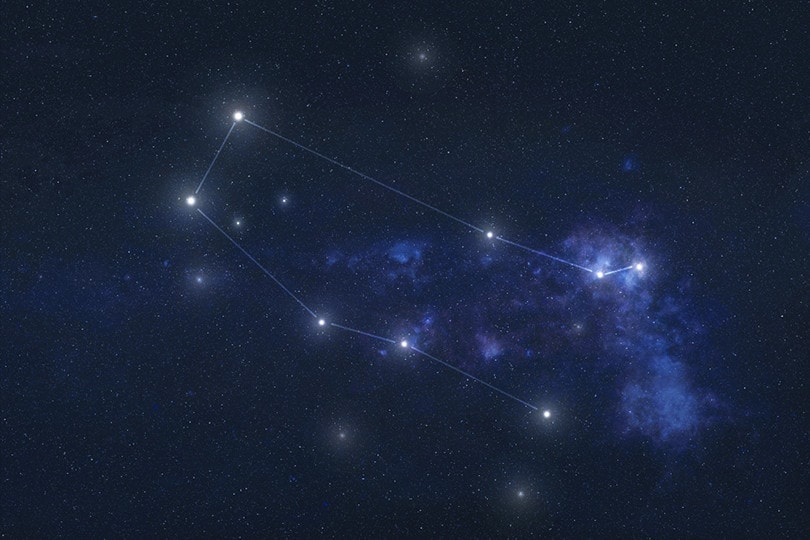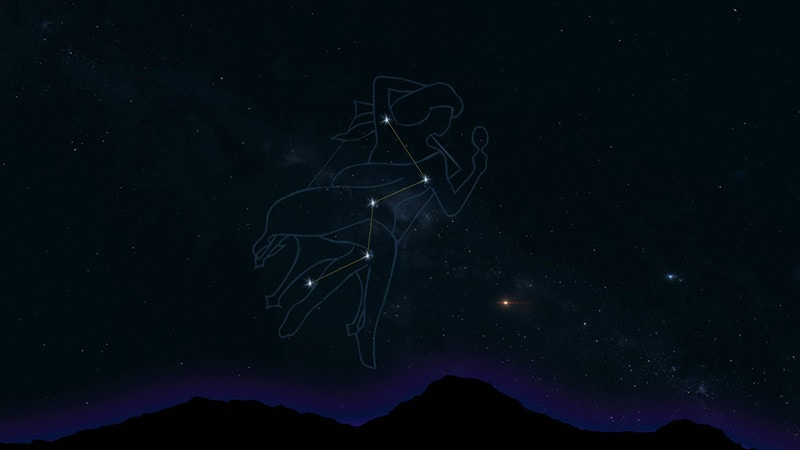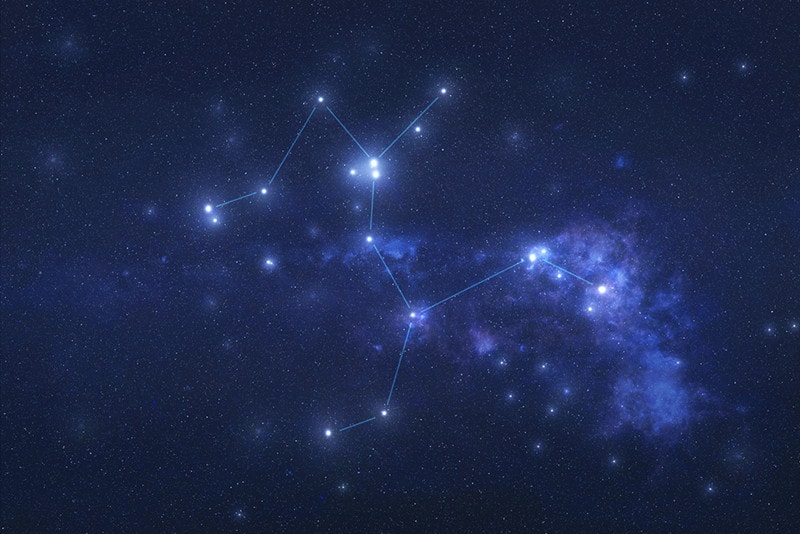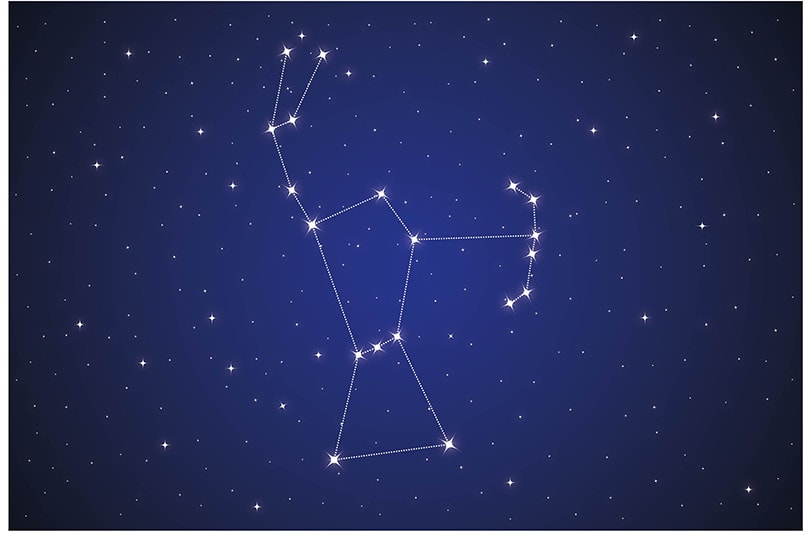Do Constellations Move and Change Over Time? Facts & FAQs
Last Updated on

People have been fascinated with constellations for decades, as they represent some of the most beautiful views in the night sky. When observing the sky, you’ll see that constellations appear as if they’re moving and changing.
But is that actually true?
Constellations do move and change over time, although the changes and movements are gradual, and it takes time for them to show noticeable changes. Keep reading to learn more about constellations and their movements.

What Are Constellations?
Constellations represent a group of stars that are not connected in any way but form a specific shape in the night sky. These stars are usually very far from each other, but when viewed from our point of view, they can look like interesting shapes and animals.
Throughout history, cultures around the world have had different names for each constellation and different numbers of constellations familiar to them. Nowadays, 88 constellations are officially recognized worldwide, divided into 12 zodiac signs.

Which Constellations Can You See In the Night Sky?
The view of the night sky in space changes as we orbit, and the constellations you’ll see depend on the time of the year. The night sky will look slightly different every night because the Earth will change its position in orbit.
Your location will also be crucial for determining which constellations you will see and how far away they’ll look in the sky. Most constellations are visible both from the Northern and the Southern hemispheres, but specific constellations are only visible in one of the hemispheres.
- Orion
- Ursa Major
- Ursa Minor
- Cassiopeia
The North Star represents the starting point for many constellations, so you can use it as a guide to finding specific constellations on a starry night. It’s best to observe the night sky in the country, away from pollution, traffic, and lights. There are charts you can use to see the positions of constellations throughout the year and identify the constellations you see.
Is Every Star in the Sky a Part of a Constellation?
There are billions of stars, most of which don’t belong to any constellations. Only a fraction of the stars in the sky make shapes we consider among the known 88 constellations.
However, all stars belong to the boundaries of the constellations we recognize. Some stars are near the constellations but they are not a part of the original picture, but all the stars we see belong to the Milky Way.

Do Constellations Move Over Time?
If you observe constellations throughout the year, they will change location toward the west. That happens because the Earth orbits around the Sun, making the constellations move through the orbit.
Due to the movements, the constellations in the night sky won’t be the same in the summer and the winter. However, the motions constellations make are quite small, so they won’t make any major changes and will remain recognizable.
Do Constellations Ever Change?
Many of the constellations we know today date back to Babylonian culture. Due to the stellar motion the constellations go through, the constellations we see today are altered patterns of the old constellations. However, most of those changes are minor, and only a few of them are visible to the naked eye.
As the movements constellations make are small, it would take thousands of years to see noticeable changes in constellation patterns.

How to Track Changes in Constellations?
Nowadays, with modern technology, there are several apps you can use to track changes in constellations and even see how old constellations look in the night sky.
- SkySafari 6
- Stellarium Mobile
- Star Walk
- Star Tracker
- SkyView Lite
- Nightshift

Facts About Constellations
Constellations are truly beautiful and they carry a lot of mystery with them. There are many interesting facts about constellations.
- There are 88 officially recognized constellations.
- The term constellation comes from Latin, and it means “set with stars.”
- Historical records prove constellations have been known to humans since 4000 B.C.
- The Greeks were the ones responsible for naming the constellations.
- Each constellation has a story in Greek mythology.
- Not everyone can see all the constellations—it depends on your location.
- By area, Hydra is the largest constellation, taking up 3.16% of the sky.
- The smallest out of all constellations is the Crux, taking up only 0.17% of the sky.

Final Thoughts
Constellations move and change over time as the Earth orbits the Sun. However, the changes are almost invisible, and it takes years and years for major changes to happen in the night sky. If you’re a fan of constellations and would like to track them, you can use various online apps to help you in your mission.
Featured Image Credit: Pike-28, Shutterstock
About the Author Visnja Radosavljevic
Visnja is a creative, adaptable content writer that covers various topics such as DIY, pets, home improvement, travel, gardening, and more. As a young mom and a college student, she didn’t have enough time to balance her personal and work life, so after multiple years of working a regular 9 to 5 job, she decided to pursue her passion and make a living out of it. She has been writing for a couple of years now, helping people to find valuable and interesting information online.
Related Articles:
15 Crucial Facts About Ultraviolet Rays & the Sun
What Constellation Is Spica In? The Interesting Answer!
10 Interesting Leo Constellation Facts, Myths, and FAQs
15 Interesting Pegasus Constellation Facts, Myths, and FAQs
6 Interesting Sagittarius Constellation Facts, Myths, and FAQs in 2024!
What Are Constellations? Where Did They Come From?
8 Interesting Libra Constellation Facts, Myths, and FAQs
What Is Infrared Radiation? Science-Based Facts & FAQ
